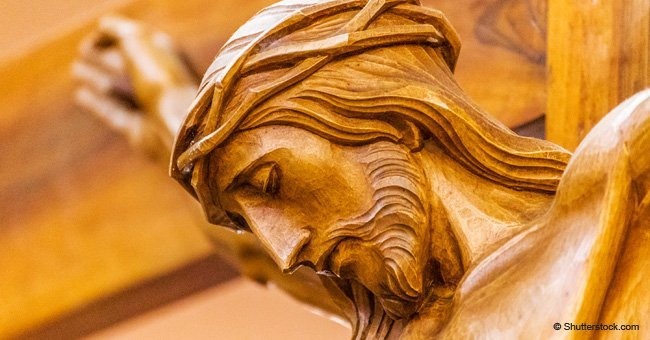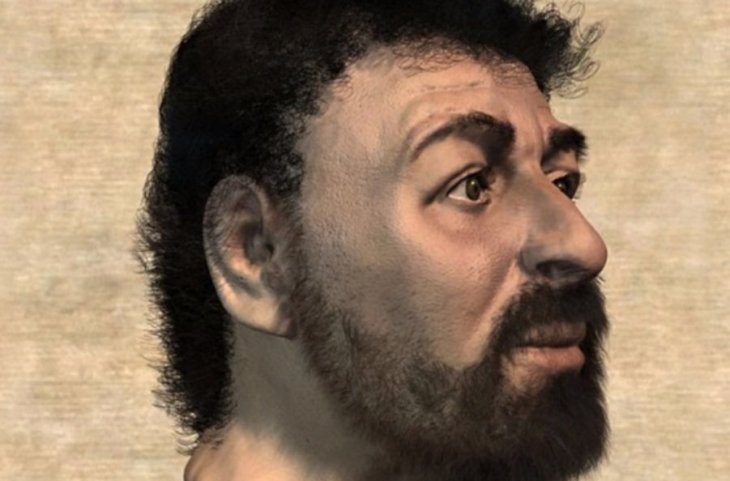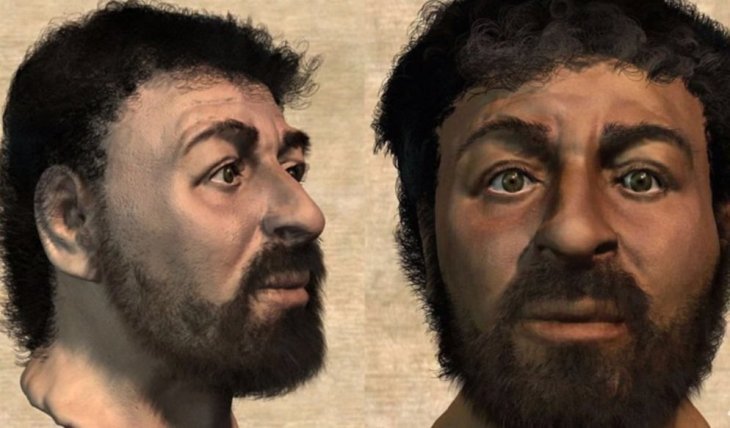
Here's what Jesus really looked like, according to forensic scientists
The real face of Jesus of Nazareth was revealed by advances in forensic science, and he doesn't look like the pictures we're used to.
According to Popular Mechanics, Jesus' images have been left to the imagination of artists due to the absence of evidence.
But what did Jesus really look like?
Follow us on our Twitter account @amomama_usa to learn more.
The answer to the fundamental question was answered by the new field of science: forensic anthropology.
With the help of Israeli archeologists, the British scientists have re-created what they believe is the most realistic image of Jesus

Source: YouTube/Beyondscience
Forensic anthropology is usually used to solve crimes. However, a medical artist retired from The University of Manchester in England, Richard Neave, realized that it also could shed light on the appearance of the most famous face in human history.
Along with his research team, Neave's first step was to obtain skulls from near Jerusalem because it's where Jesus lived and preached.
Israeli archeology experts shared those Semite skulls with Neave. They used computerized tomography to create X-ray "slices" of the skulls.

Source: YouTube/Beyondscience
Special computer programs then evaluated information about known measurements of the thickness of soft tissue at key areas on human faces.
It made the re-creation of the muscles and skin overlying a representative Semite skull possible.
Using software that checked the results with anthropological data, the whole process was succeeded.
The researchers then built a digital 3D reconstruction of the face from this data.
The next step was to create a cast of the skull. Along with simulated skin, they applied the layers of clay matching the thickness of facial tissues specified by the computer program.
To follow the shape determined by the underlying muscles, the nose, lips, and eyelids were then modeled.
The color of Jesus' skin and hair was not accurately determined by the scientists so they used drawings found in archeological dig sites in Israel of people at around the time Jesus would have lived.
Neave and his team credited apostle Paul to determine the length of Jesus's hair. Paul had written, "If a man has long hair, it is a disgrace to him."
Jesus's height was resolved through the historic record. Archeologists had firmly established that the average build of a Semite male at the time of Jesus was 5 ft. 1 in., with an average weight of about 110 pounds.
They also believed that Jesus was more muscular and physically fit since he worked outdoors as a carpenter until he was about 30 years old. His face also appeared older because he was weather-beaten.
According to Neave, his re-creation is simply that of an adult man who lived in the same place and at the same time as Jesus.
The professor of anthropology at the University of California in Santa Cruz, Alison Galloway, also cautioned that forensic depictions are not an exact science.
"In some cases, the resemblance between the reconstruction and the actual individual can be uncanny," Galloway said. "But in others, there may be more resemblance with the other work of the same artist."
Despite this reservation, Galloway concluded that Neave's Jesus "is probably a lot closer to the truth than the work of many great masters."
